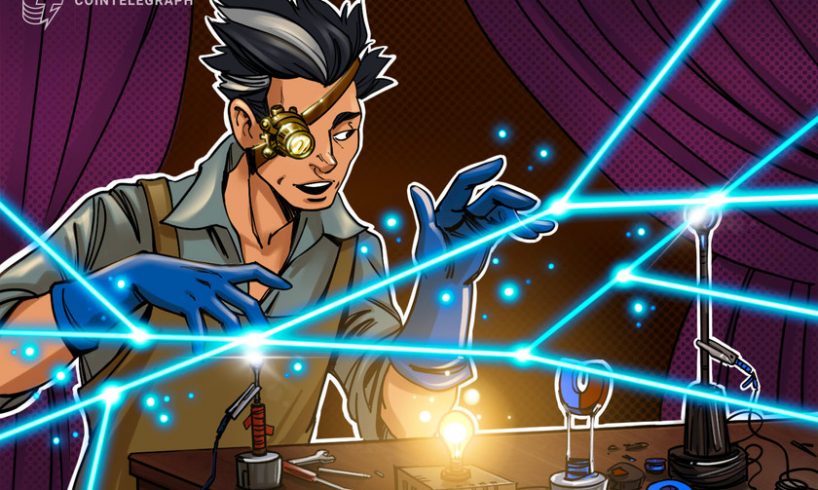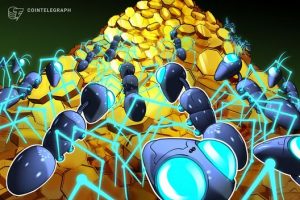
Scientists can leverage blockchain tools, such as smart contracts and tokens, to improve collaboration in scientific endeavors between different stakeholders. This so-called decentralized science movement, or DeSci for short, combines blockchain and Web3 technologies to improve scientific research.
A primary goal of DeSci is wider participation and funding when approaching scientific challenges, as well as democratizing the peer-to-peer review process, which is dominated by a few journals in which it can be costly to appear and combatting censorship. DeSci can also create standards for research storage with the proof of existence technology. Whereas on financial blockchains such as Bitcoin, transactions are verified by a network of miners, research could also be verified by participants in a blockchain network of scientists, etc.
Decentralization of science
Blockchain-based peer review ecosystems can be transparent, and they can lend credibility to research contributed by even pseudonymous participants. Scientists might, for instance, receive a stake or “reward” for participating, incentivizing a wider community to contribute.
Essentially, decentralized science makes possible the development of platforms that empower more people to work with what Dr. Benjamin Bratton calls the “source code of matter” at a fundamental level. To democratize science through decentralized science would allow for a new kind of interface layer for a modern Scientific Revolution. The way to do this is to decentralize access to scientific pursuits — in short, to allow citizen-scientists a role.
We saw this happen with computers, and we believe it could happen with science generally. At the beginning of the computer revolution, software was difficult to work with. Very few understood the rarified technologies, which, over time, became increasingly intuitive and simplified — thanks to different levels of abstraction — and therefore allowed more people to become valuable contributors. Some of the technologies that made this…
..






